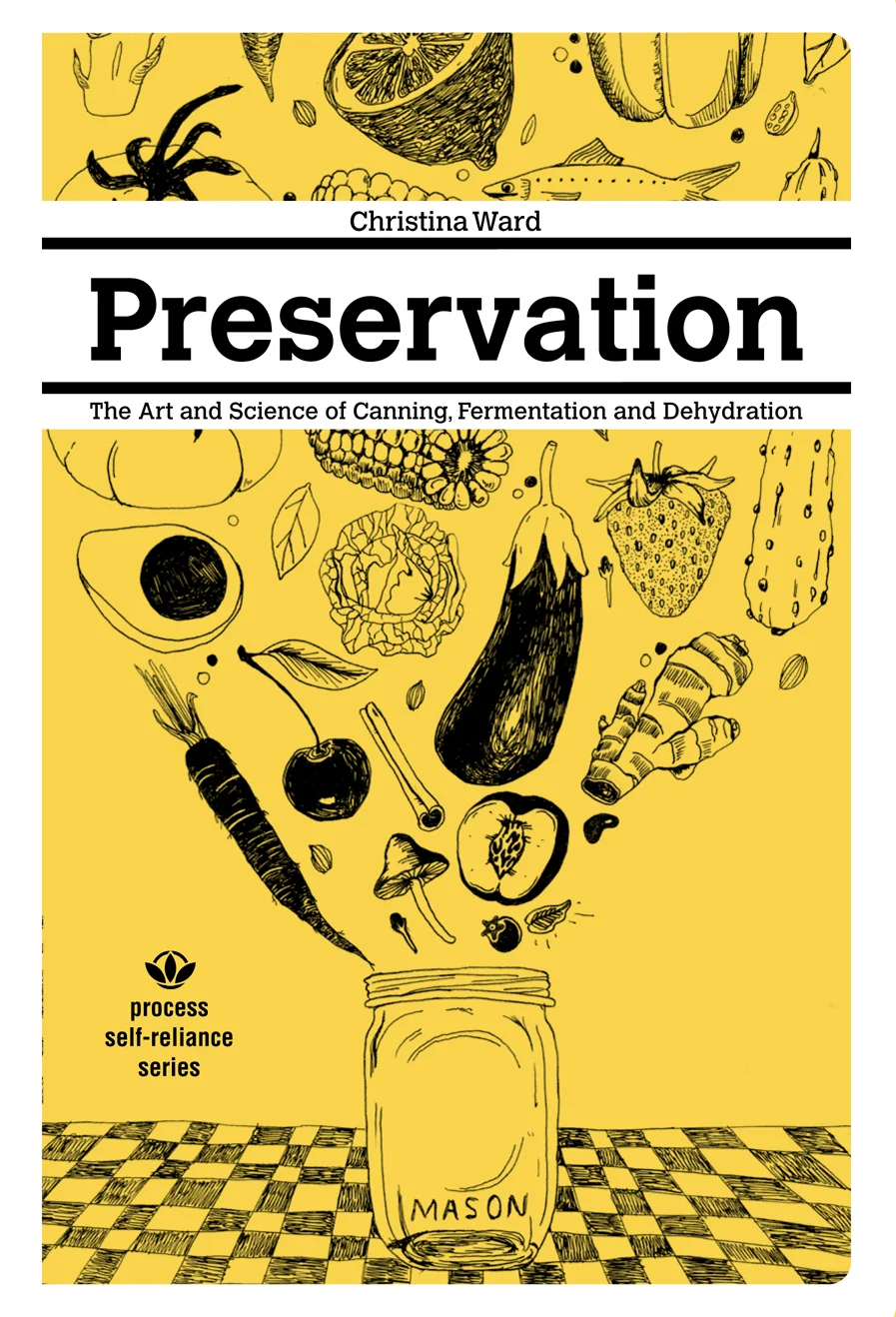Books
Does God have a recipe?
Religious beliefs have been the source of food "rules" since Pythagoras told his followers not to eat beans (they contain souls), Kosher and Halal rules forbade the shrimp cocktail (shellfish are scavengers, or maybe G-d just said "no"). A long-ago Pope forbade Catholics from eating meat on Fridays (fasting to atone for committed sins). Rules about eating are present in nearly every American belief, from high-control groups that ban everything except air to the infamous strawberry shortcake that sated visitors to the Oneida Community in the late 1800s. Only in the United States—where the freedom to worship the God of your choice and sometimes of your own making—could people embrace new ideas about religion. It is in this over-stirred pot of liberation, revolution, and mysticism that we discover that God cares a lot about what you put in your mouth.
Holy Food investigates the explosion of religious movements since the Great Awakenings that birthed a cottage industry of food fads and cookbooks. Ward uncovers the interconnectivity between obscure sects and communities of the 20th Century who dabbled in vague spirituality and used food to both entice and control followers. Holy Food cites everything from academic studies, interviews, cookbooks, and religious texts to make sharp insights into American history in this highly readable journey through the American kitchen.
Holy Food features over 75 recipes from religious and communal groups tested and updated for modern cooks. (Dough Gods! Funeral Potatoes! Yogi Tea! Mother F*cker Beans! The Source Family’s infamous Aware Inn Salad!) Also includes over 100 historic black and white images.
Holy Food: How Cults, Communes, and Religious Movements Influenced What We Eat—An American History
Is available at fine bookstores and online retailers throughout the world. BUT You can order a personally inscribed copy through Lion's Tooth Bookstore—a woman-owned bookshop in Christina’s neighborhood. Include the inscription name and any other message in the "order notes." Order page is coming soon.
American Advertising Cookbooks: How Corporations Taught Us to Love Bananas, Spam, and Jell-O / January 19, 2019
You’ve seen the pictures and heard the chortles of disdain, but have you ever asked yourself how the foods we mock and came to be? Hilariously phallic ‘banana candles’ and nausea-inducing Jell-O and fish molded combinations did not appear out of thin air; these foods and recipes have a history of their own, a story rooted in class-structures, global agriculture, and the slightly sinister corporations who attempt to control our food systems. American Advertising Cookbooks, How Corporations Taught Us To Love Bananas, Spam, and Jell-O features full-color images and essays uncovering the origins of popular foods.
Reviews:
New York Times / “A photograph of a luncheon-meat salad mold is scarcely more horrifying than the details that led to the creation of the dish. There is much to learn in this book.”
The Milwaukee Record / “As a direct result of these marketing practices that were unleashed upon a populace lacking in consumer savvy, American cookbooks of the time were bursting with culinary abominations, rancid recipes, and advertisements for products that are equally laughable and disgusting by today’s standards. Ward combed through old cookbooks, aged periodicals, and vintage adverts and included many of them in her new book, American Advertising Cookbooks: How Corporations Taught Us To Love Spam, Bananas, And Jell-O.”
CounterPunch Magazine / “AmericanAdvertising Cookbooks is a stranger-companion to Ms. Ward’s previous book, Preservation. Here, adaptation and manipulation are seen from the other side – or rather from a sardonic sidereal point, with gonzo gastro-political detective work and a brainy knack for montage. She shows a hypnotically dark manifestation of our crudest input-output controls, while her writing makes busting the Case of the Wife-Swapping Conglomerates look almost easy, like the best books always do (Ready in minutes!).
Ms Ward is a Rabelaisian satirist of the first order. She has translated the odd messages inscribed in the corporate tract, summoning Uncle Freud and his nephew by exploring a decidedly material consciousness whose monuments are as subtle as they are minced, forced and chopped.”
AIGA Eye on Design / “In the mid-50s, however, the recipe was disseminated in cheap advertorial cookbooks that were slipped into women’s magazines or sent through the mail. Without these advertising cookbooks, which were produced not just by Campbell’s but by nearly all mainstream food brands at the time, we wouldn’t have gloriously shaped aspics, or Jell-O salads filled with marshmallows and nuts, or “Hawaiian” (a.k.a. Spam and pineapple) pizza. Instead of family recipes passed down through the generations, these eccentric mid-century meals are actually the result of carefully concocted marketing schemes targeted squarely at women.”
Preservation: The Art and Science of Canning, Fermentation and Dehydration/ June 20, 2017
More than a cookbook, Preservation: The Art and Science of Canning, Fermentation, and Dehydration demystifies the scientific concepts that inform the methods of food preservation in an easy to understand way. Taking Julia Child as her inspiration, certified Master Food Preserver Christina Ward has collected and translated both the scientific and experiential information that has long been the sole domain of academic scientists and elite chefs.
Fueled by her mission to correct online misinformation and scientifically outdated materials, Ward guides readers through a comprehensive survey of the methods that will ensure your preservation projects are safe and delicious. Included are highly adaptable recipes that demonstrate every method and technique of preservation.
Foreward by Nancy Singleton Hachisu, an expert in Japanese food traditions. Her second book, Preserving the Japanese Way, was nominated for the 2016 James Beard Award in the International Cookbook category. For fans of Alton Brown, Kenji Alt-Lopez, and Harold McGee, Preservation: The Art and Science of Canning, Fermentation and Dehydration is the guide you never knew you needed. You’ll never look at a jar of strawberry jam the same way.
Chapters include information on freezing, pressure canning, hot-water bath and atmospheric canning, dehydration, fermentation, smoking, and curing. Also included are a detailed source guide and recommendations.


